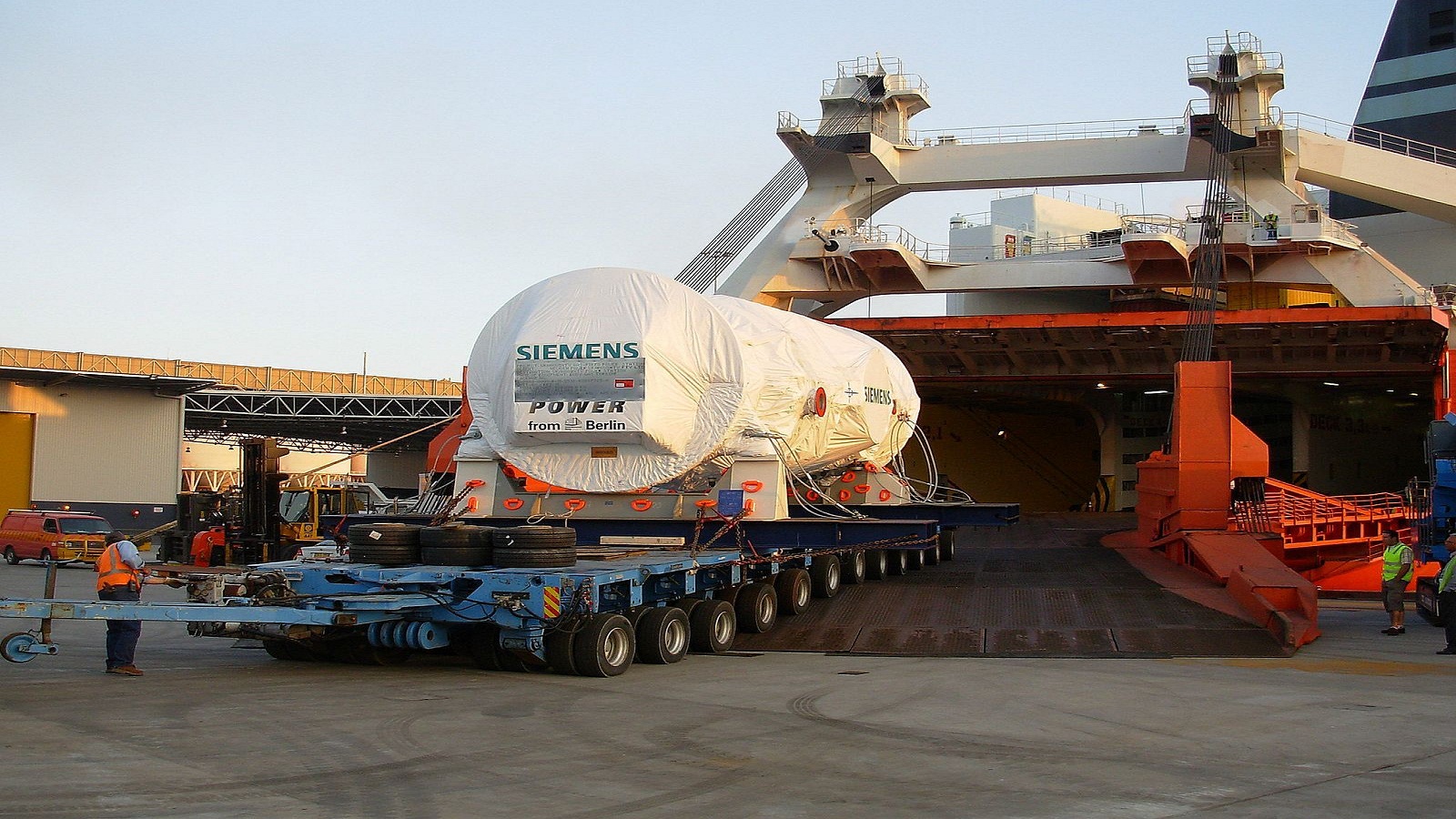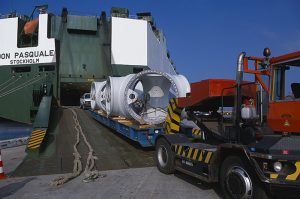
ANTWERP — Roll-on, roll-off operators are positioning themselves as long-term competitors for heavy-lift shipments of traditional breakbulk vessels, Dirk Visser, senior shipping consultant at Dynamar, said Thursday at the annual Breakbulk Europe conference.

Ro-ro operators are building new vessels designed to carry heavy and oversized cargo, a market that’s also drawing increased attention from container lines and bulk carriers, both of which are beset with overcapacity and low rates.
Although container ships and bulk carriers have had a niche presence in breakbulk for decades, some of their current interest appears to be opportunistic, Visser said. But ro-ro carriers’ new ships designed for high and heavy cargoes is a sign that they’re in the market to stay.
“While the competition from the bulk segment and the container lines may fade away, the competition from the car carriers will remain,” he said.
The newest large ro-ro car carriers are designed with spacious interior stowage areas and large ramps that in the case of Wallenius Wilhelmsen Logistics’ Mark V vessels are reinforced to handle loads of up to 500 tons.
Ro-ros can handle heavy lifts with no lifting or need for wharf or floating cranes required for most container or bulk ships. They also have more flexibility on routes and don’t interfere with container terminal operations, Visser said.

Container lines are aggressively marketing the ability to handle heavy and oversized cargo on ships with fast, frequent sailings. “It’s no coincidence that so many full container carriers are here,” Visser said, noting several container lines that hosted exhibits at Breakbulk Europe.
Bulk carriers’ bid for breakbulk cargoes centers on “neo-bulk” cargoes including large bags of sugar, fertilizer and other commodities, he said.
Susan Oatway, senior analyst at shipping consultant Drewry, said inroads by container and bulk carriers have worsened a supply-demand imbalance for breakbulk carriers that she doesn’t expect to ease until at least 2017.
She said reduction in breakbulk overcapacity will require increased scrapping by breakbulk carriers, and reduced overcapacity and increased rates in the container and bulk sectors.
There’s been a slight increase in scrapping of breakbulk ships, mostly of older, less sophisticated multipurpose vessels instead of highly specialized, heavy-lift vessels, Oatway said.
Visser said a Dynamar report due to be published next month shows that the current vessel orders by the 15 largest ro-ro operators total 8.3 percent of their existing fleets, compared with 5.2 percent for the 15 largest heavy-load breakbulk carriers.
www.joc.com
